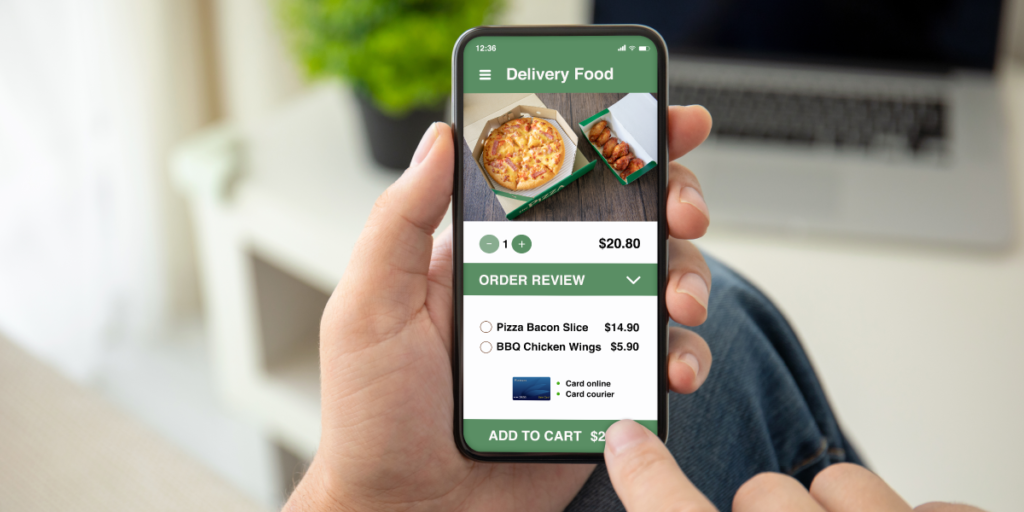Blog
Conducting Risk Assessments: What are the minimum best practices?
Time out! Have you read this blog entry: “Mitigating Real-Time Fraud: What are the minimum best practices?” If not, we recommend starting there to ensure you’re seeing the multi-layered big picture of fraud prevention strategies. This blog post will provide a step-by-step approach to conducting a comprehensive fraud risk assessment and why that’s critical for preventing fraud, especially when deploying a new product offering such as real-time payments.
Read MoreOFAC Sanctions Screening for FedNow℠: What are the obligations of participating financial institutions?
Up until recently, it’s been unclear whether FedNow℠ instant payments will face OFAC (Office of Foreign Assets Control) sanctions screening. Financial institutions anticipated FedNow℠ instant payment would face similar regulations as The Clearing House’s RTP® network, where financial institutions are required to integrate to sanctions screening in real time. However, Operating Circular No. 8 – “Funds Transfers Through the FedNow℠ Service” – includes clarification on sanctions screening obligations for FedNow℠ participants.
Read MoreAuthentication: What are the minimum best practices?
Before we begin, quick pulse check. Have you read this blog entry: “Mitigating Real-Time Fraud: What are the minimum best practices?” If not, start there! This blog entry takes a deep dive into authentication, but the above-linked entry provides a bird’s-eye view of nine unique real-time fraud mitigation strategies to keep in mind.
Read MoreMitigating Real-Time Fraud: What are the minimum best practices?
Let’s start with the obvious: real-time payments will continue to revolutionize the way money is sent and received, making it faster and more efficient than ever to get funds from Point A to Point B. But with convenience and speed comes increased risk of fraud.
Read MorePayment Fraud: Is it different for real-time payments?
Some things never go out of style. Like thank you notes, martinis, denim and red lipstick. While these among others have stood the test of time for good reason, others have lasted with less commendable motives. One example: payment fraud.
Read MoreMaking Sense of the Ever-Changing P2P Landscape: Where To From Here?
Person-to-person. Peer-to-peer. Pal-to-pal. Define it as you will. P2P payments are taking the world by storm, and while Generation Z is the demographic cohort expecting the most significant four-year increase between 2022 and 2026, “Zoomers” can’t take all the credit for the P2P surge. The need to send money to family and friends quickly and easily is generationally agnostic. In other words, it’s not a young people thing. It’s an all people thing.
Read MoreEmbedded Finance: What is it and what does it mean to credit unions?
Embedded finance sits high on nearly every emerging technology trend list. If you’re not sure what it’s about, you’re certainly not alone.
Embedded financial solutions are one of those things that you’ve probably experienced without giving it any thought. In fact, a December 2021 poll by Morning Consult concluded that only 11% of U.S. adults are familiar with embedded finance, while nearly one-third of that population has unknowingly used or experienced it.
Read MoreReal-Time Payments: What are they really?
Headline results from a recent payment survey caught my eye. The report indicated that 99% of credit union respondents offer real-time payments to their members. This comes from the April 2022 Credit Union Innovation Playbook, released in collaboration by PYMNTS and PSCU. Granted, only 101 credit unions participated in the survey. Even so, 77% stated they offer real-time payments to all members and 22% offer real-time payments to some of their members. That means only one survey respondent does not offer real-time payments!
Read MoreReal-Time Networks: What’s the difference between them?
Picture this. You’re out to dinner with a group of three friends. The bill is delivered to the table, and you offer to pick up the check. “No need to treat,” one friend exclaims! “I’m happy to send a Venmo,” proclaims another. Within seconds, you have three payments hitting your Venmo account. Feels pretty darn real-time, doesn’t it? Sorry to disappoint, but while they may be fast, Venmo payments are not real-time payments.
Read MoreInterchange Fees: What impact will real-time payments have?
When’s the last time you took a good look at your credit union’s non-interest income? Do you know how much credit and debit card interchange income your credit union earns each month? National statistics show that interchange fee income ranges from 50-67% of the total non-interest income for credit unions. That’s a meaningful slice of total income. Interchange income may well be the difference between profitability and loss for many credit unions.
Read MoreDigital Delivery: What is driving this consumer trend?
We all know that the pandemic was a catalyst for the widespread adoption of digital delivery of services. Consumers were forced to use technology to conduct business – purchasing goods online rather than in person, using mobile applications like UberEats and Instacart, and paying for purchases by card or touch-free app. All consumer-driven industries had to quickly adapt to the new environment.
Read MoreNon-Bank Financial Institutions: What is the landscape of these payment providers?
“Non-bank financial institutions,” or NBFIs for short, are organizations without banking licenses that offer various banking services. This is a clunky way of making something familiar sound foreign or abstract. If this definition isn’t quite clicking, fear not. I bet you’re more likely to recognize an NBFI by its brand name than the generic term.
Read MoreCryptocurrency: Will it change the payment landscape?
Everyone’s heard of cryptocurrency, but its nuances remain murky – if not downright confusing – to many consumers. What is it exactly? How does it work? Why is it controversial? And volatile? Why are some countries naming it their national currency (i.e., El Salvador). So, let’s start at the beginning, shall we?
Read MoreBuy Now, Pay Later: What impact will this have on payment trends?
If you’re an avid online shopper, the odds say you’ve seen or perhaps even used a BNPL service. BNPL stands for “Buy Now, Pay Later.” While this slogan might not ring any bells, the third-party platforms themselves might. Affirm, Afterpay, Klarna and even PayPal are among the most popular BNPL providers in the retail space.
Read More













